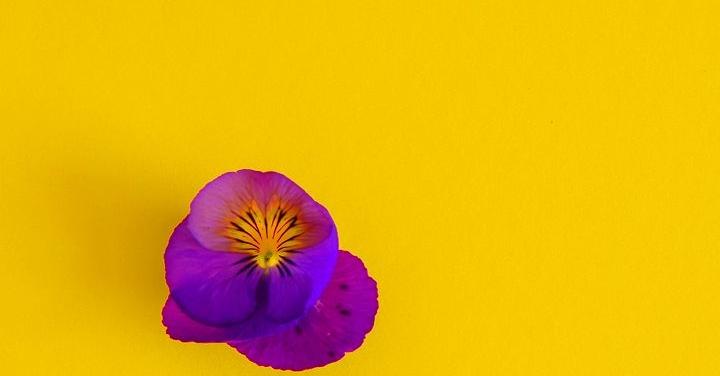Are you curious to know what is the opposite of purple? You have come to the right place as I am going to tell you everything about the opposite of purple in a very simple explanation. Without further discussion let’s begin to know what is the opposite of purple?
What Is The Opposite Of Purple?
Colors are an integral part of our lives, influencing our emotions, perceptions, and preferences. The concept of color opposites or complementary colors is fundamental in the world of art, design, and even psychology. When we ponder the question, “What is the opposite of purple?” we delve into the intriguing world of color theory. In this blog post, we’ll explore color opposites, the science behind them, and the complementary color to purple.
Understanding Complementary Colors
Complementary colors are pairs of colors that, when combined, cancel each other out, creating a neutral or grayish tone. The concept of complementary colors is rooted in the color wheel, a circular diagram that organizes colors based on their relationships to one another. To find the opposite or complementary color of a given hue, you can look directly across the color wheel.
Purple On The Color Wheel
Purple is a secondary color, formed by mixing the primary colors red and blue. It falls in the middle of the color wheel between red and blue, making it an intriguing and versatile color. Purple is often associated with qualities like creativity, spirituality, and luxury, and it comes in various shades and tones, from lavender to deep violet.
The Opposite Of Purple
The complementary color of purple can be found by looking directly across the color wheel. In this case, the opposite of purple is yellow. Yellow is a primary color that sits directly opposite purple on the color wheel, forming a complementary pair.
Why Yellow Is The Opposite Of Purple?
The science behind complementary colors lies in how our eyes perceive color and how light works. Purple and yellow are complementary because they contain wavelengths of light that, when combined, cancel each other out, resulting in white light or a neutral gray. This phenomenon is known as subtractive color mixing.
Practical Applications Of Complementary Colors
Understanding complementary colors is not only essential in art and design but also in various practical applications:
- Artistic Harmony: Artists use complementary colors to create visual contrast and harmony in their works. Pairing purple with yellow can make elements in a painting or artwork stand out.
- Design and Décor: Interior designers use complementary colors to create balance and add interest to rooms. A purple room might incorporate yellow accents to achieve a harmonious color scheme.
- Color Correction: In photography and image editing, complementary colors can be used to correct color balance issues. For instance, if an image appears too purple, adding a touch of yellow can help neutralize the excess purple tone.
- Fashion: Complementary color combinations in clothing can create striking and visually appealing outfits. Purple and yellow garments can make a bold fashion statement.
Conclusion
In the realm of color theory, the opposite of purple is yellow. Understanding complementary colors allows us to appreciate the dynamic interplay of colors in art, design, and everyday life. Purple and yellow, while opposites on the color wheel, can create a visually appealing contrast when used together, showcasing the intricate beauty and science of the color spectrum. So, the next time you’re contemplating color choices, keep in mind the captivating relationship between purple and yellow in the world of color.
Everything has its disadvantages on Disadvantagess you will get to know more.
FAQ
Are Green And Purple Opposites?
In regards to the directional positioning of the color wheel, the opposite hue of green will be as others have said, red. Keep in mind that red, yellow and blue are primary hues while green is considered a secondary one. Now within the secondary colors, technically green’s opposite will be orange and purple.
Is Yellow The Opposite Of Purple?
On the RYB color wheel, yellow’s direct opposite is purple.
Beside yellow is a yellow-orange, the opposite of which is blue-purple, and chartreuse, which has red-purple as its opposite.
What Is The Best Opposite Color To Purple?
On the colour wheel, Yellow is opposite of Purple. The Primary colours are RGB. So Purple is made from Red & Blue, Yellow is made from Red & Green.
What’s The Opposite Of Lavender?
Lavender and green are natural accompaniments since green shades are opposite lavender on the color wheel. Opposite colors are considered traditional pairs, but there are many other accent colors for lavender including spring tones and darker hues.
I Have Covered All The Following Queries And Topics In The Above Article
What Is The Opposite Color Of Purple
What Color Is The Opposite Of Purple
What Is The Opposite Of Purple On The Color Wheel
What Is Opposite Of Purple On The Color Wheel
What Is The Opposite Of Purple
What is opposite color of purple
